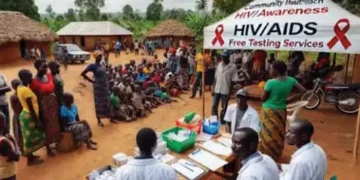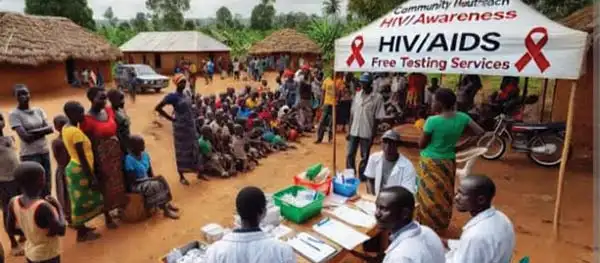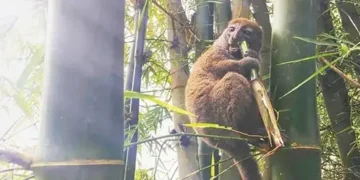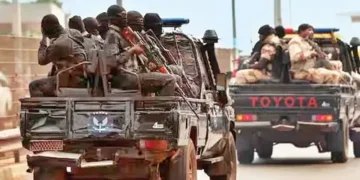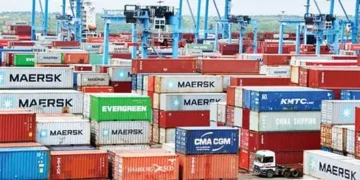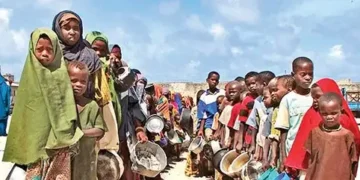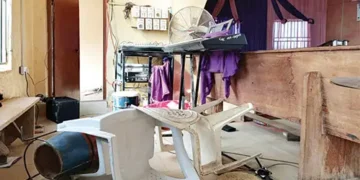Blitz Bureau
FROM being a high HIV-burden country Botswana has gone on to achieve the World Health Organization’s Gold Tier status for eliminating mother-to-child – or “vertical” – HIV transmission as a public health threat.
At the turn of the century, HIV was so rampant in Botswana that politicians and doctors viewed it as an existential threat. One in eight infants were reported to be infected at birth, while rates of mother to child transmission either through pregnancy, childbirth or breastfeeding ranged from between 20 and 40%, according to UNAIDS. Between 1990 and 2000, mortality among children under five almost doubled due to HIV, according to a Guardian report.
With a population of just 1.7 million people, no cure available and the second-highest HIV prevalence in the world, the country’s then-president, Festus Mogae, declared in 2001: “We are threatened with extinction.” Out of this crisis would emerge one of the world’s most successful HIV-elimination programmes. A series of pioneering interventions were introduced which, over the course of two decades, slashed rates of mother-to-child transmission to just below 1%. Today, new paediatric infections are so rare – with fewer than 100 HIV-positive infants born annually – that each case is subject to a thorough audit to understand how it happened.
Reaching this point required both significant political will, investment in scientific infrastructure and a sustained public health education programme. A particular turning point was the decision in 2013 to implement the WHO’s Option B+ strategy – making antiretroviral therapy that combined three drugs freely available to all pregnant and breastfeeding women living with HIV.
